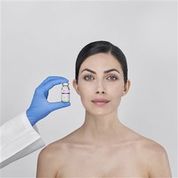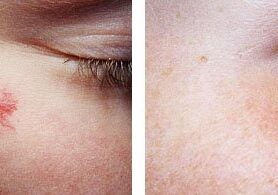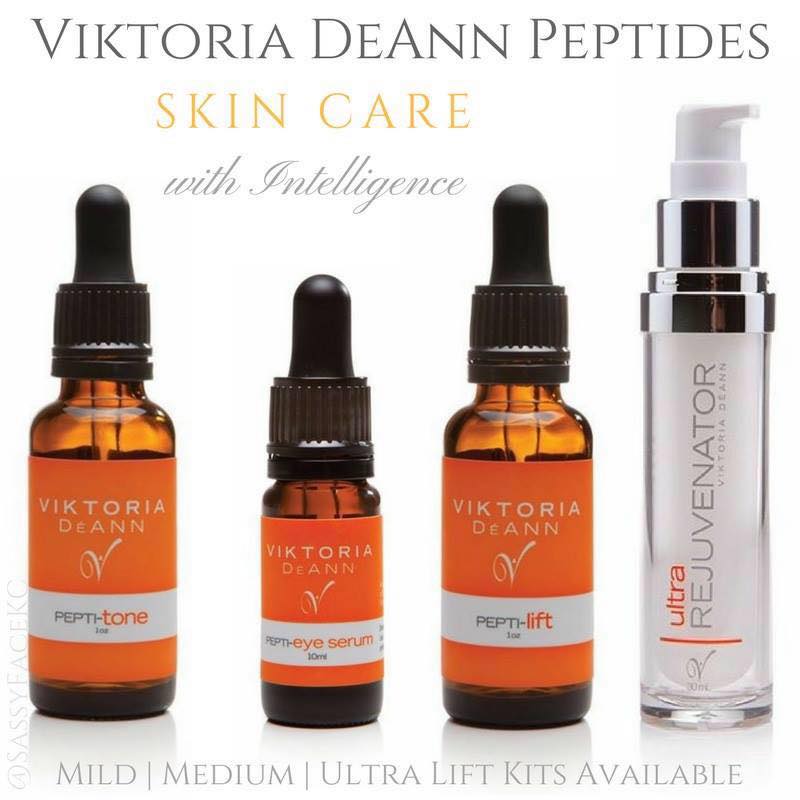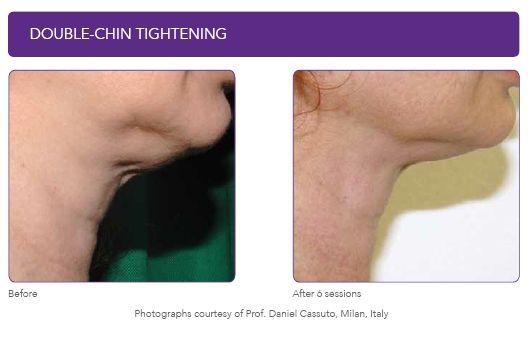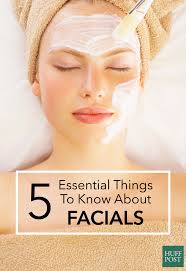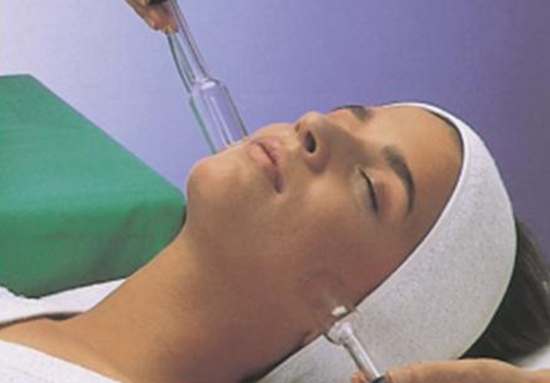The Facts on Essential Oils
- Essential oils are distillations from plants, flowers, roots, seeds, shrubs or tree parts. Their quality depends not only on the raw material but also on the extraction or distillation process.
- It takes a large amount of raw material to make a drop of essential oil. For example:
- 2,500 pounds of rose petals (imagine the volume of petals that represents–about a small room full) are used to make one cup of essential oil of rose petals.
- 1,300 pounds of cinnamon (and that’s a lot of cinnamon bags) are needed to make a little more than half a cup (about 5 oz.)
- Essential oils are made from the fluid that circulates within each plant to nourish, protect and heal it. This fluid contributes to keeping insects and microorganisms away.
- Properties of the plant fluid can be lost in the extraction process through overheating. Integrity extraction processes are vital.
- Essential oils are not oily like cooking oils and do not get rancid as easily.
- Essential oils contain strong antioxidants that slow down, or prevent, their own oxidation. As a result, some essential oils are used as anti-oxidants, a great weapon in any anti-aging program as well as preservation of skincare products.
- Essential oils can play an important role in any detoxification program by stimulating blood and lymph circulation (as demonstrated by a number of medical studies). As a result, they can have these beneficial effects:
- improving oxygenation and delivering nutrients to cells (red blood functions)
- stimulating the elimination process within tissues (venous and lymphatic circulation functions).
All these properties are the reasons why an intelligent use of well selected, high quality, natural essential oils blended into natural skincare products makes them exceptionally useful and potent.

